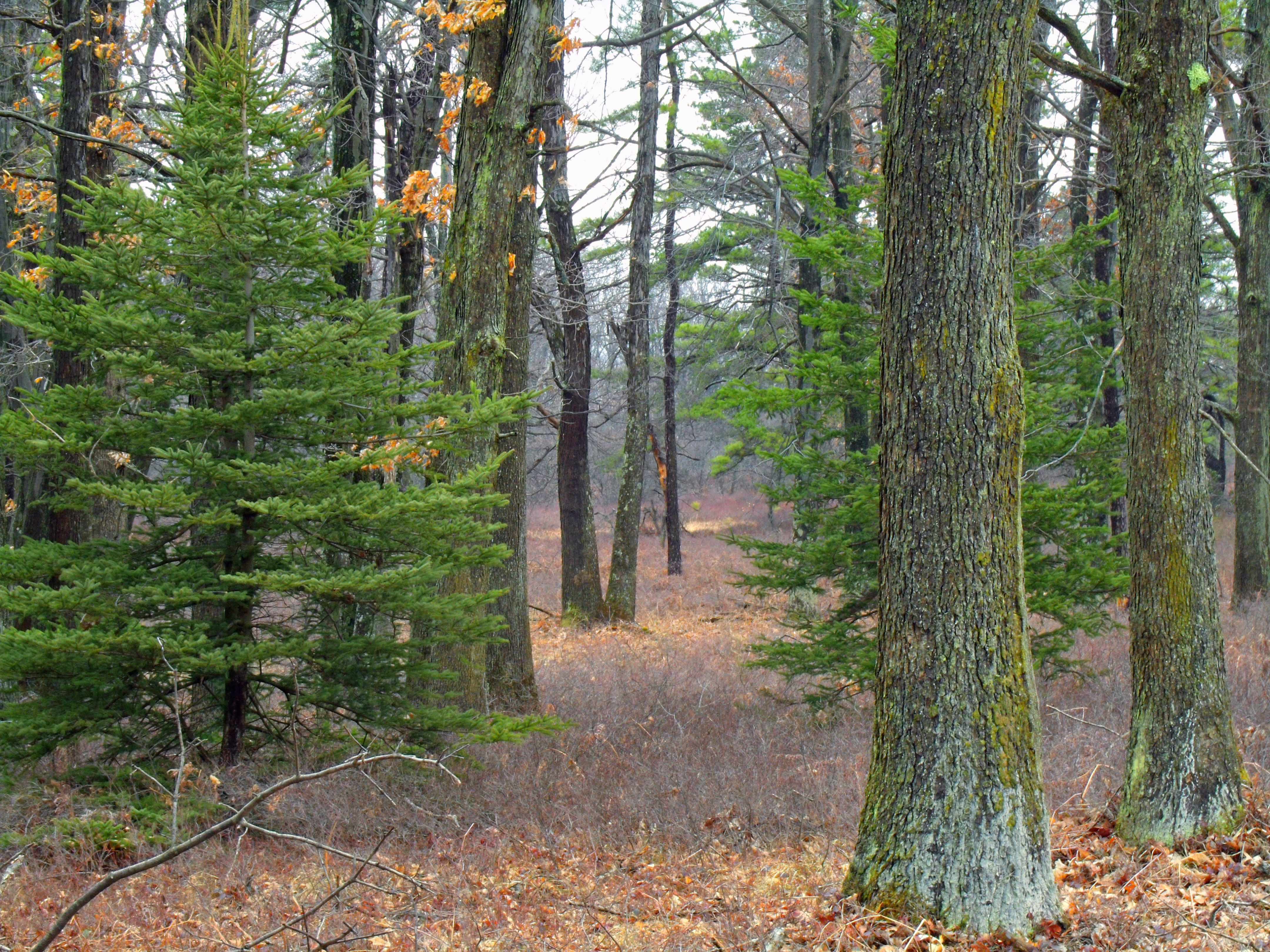How to Identify the 10 most common Genus of Trees
- Introduction to Tree Genus
- Broadleaf Trees Explained
- Coniferous Trees Explained
- Recognizing Fruit Tree Genuses
- Recognizing Ornamental Tree Genuses
- Palm Trees Explained
- Understanding Tree Diseases by Genus
- Impact of Seasonal Changes on Genus Identification
- Deciduous Trees Explained
- Genus Identification: Bark, Leaves, and Fruit
- Tree Age Determination by Genus
- Tree Care by Genus
- Wrap up and recap
Broadleaf Trees Explained
Understanding Broadleaf Trees

Trees or shrubs that lose their leaves seasonally.
Broadleaf trees, also known as hardwoods, are a diverse group of trees that are characterized by their wide, flat leaves. These trees are deciduous, meaning they shed their leaves annually, usually in the autumn. Broadleaf trees are found in various ecosystems around the world, from temperate forests to tropical rainforests.
Definition and Characteristics of Broadleaf Trees
Broadleaf trees are defined by their broad, flat leaves, which are usually arranged in a network of veins that extend from the leaf's stem. These leaves are typically larger than those of conifers and have a wide variety of shapes and sizes. The bark of broadleaf trees is usually rough and varies greatly in color and texture between species.
Broadleaf trees are deciduous, meaning they shed their leaves in the fall and grow new ones in the spring. This process is a response to changing seasons and helps the tree conserve water during the colder months. However, not all broadleaf trees are deciduous; some, like the magnolia and rhododendron, are evergreen and keep their leaves year-round.
Types of Broadleaf Trees
There are thousands of species of broadleaf trees, but some of the most common include the oak, maple, and birch. Each of these trees has distinctive features that make them easy to identify.
- Oak trees are known for their strength and longevity. They have lobed leaves and produce acorns, which are a type of nut.
- Maple trees are famous for their colorful autumn foliage and the sweet sap that can be made into syrup. Their leaves are typically palmate, meaning they have several pointed lobes radiating from a central point.
- Birch trees are known for their distinctive, often white or silver, bark. Their leaves are small and oval or triangular with a serrated edge.
Importance of Broadleaf Trees in the Ecosystem
Broadleaf trees play a crucial role in the ecosystem. They provide habitat and food for a wide variety of wildlife. Their leaves, which fall to the ground each year, decompose and enrich the soil with nutrients. Broadleaf trees also play a significant role in the carbon cycle, absorbing carbon dioxide from the atmosphere and storing it in their wood.
Furthermore, broadleaf trees have significant economic value. They provide timber for construction and furniture, as well as products like maple syrup and cork. They also have cultural and aesthetic value, with many species being planted for their beautiful fall colors or their distinctive shapes.
In conclusion, understanding broadleaf trees is not just about being able to identify them. It's also about appreciating their role in the ecosystem and their value to humans. As we move through this course, we'll delve deeper into the specific characteristics that can help you identify different types of broadleaf trees.